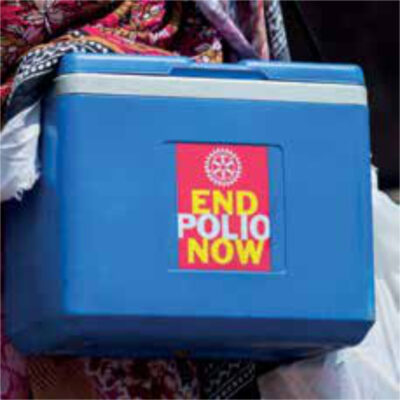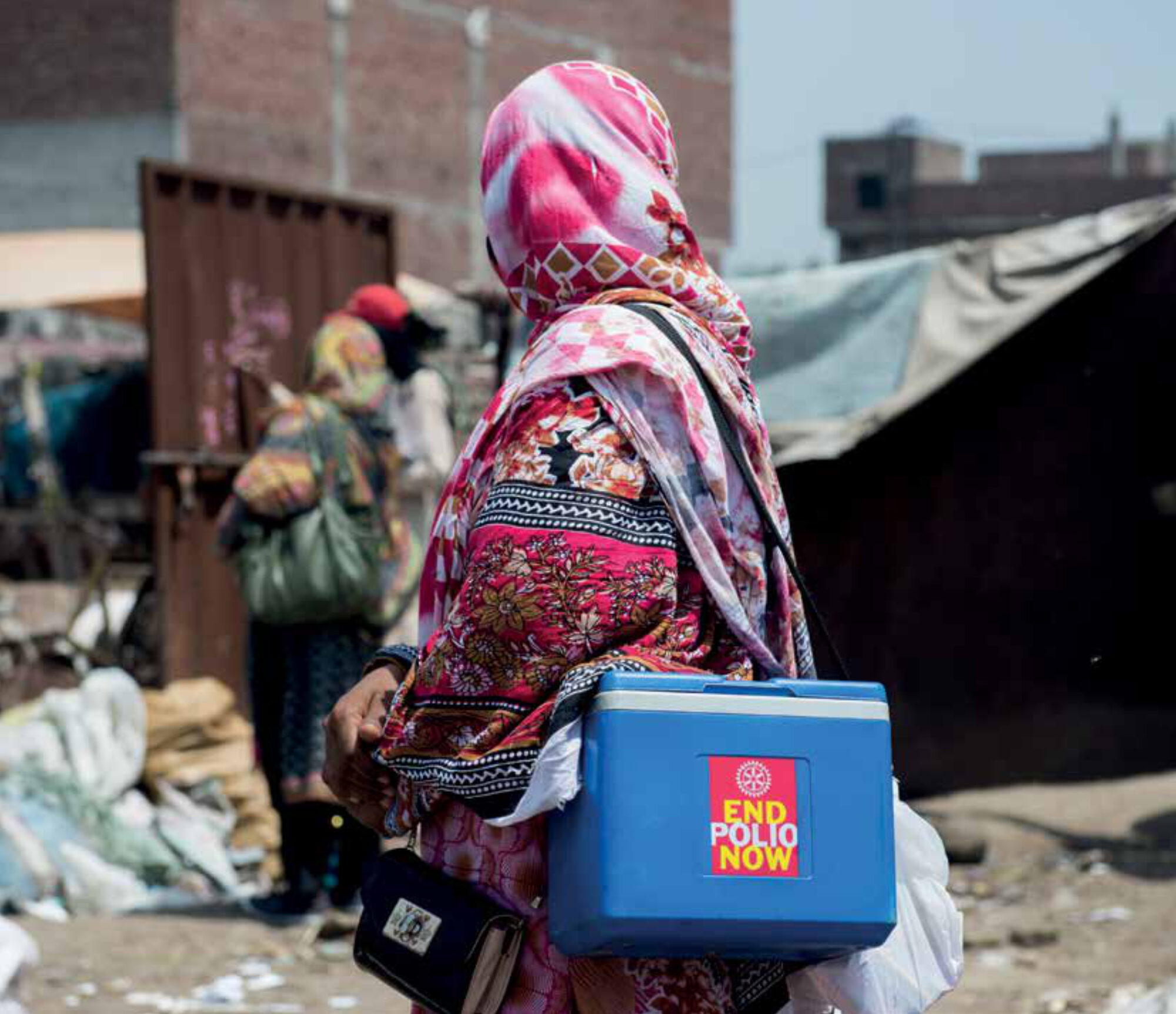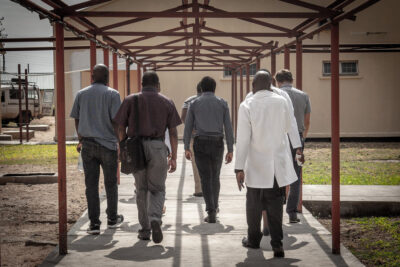Main content
About fifteen years ago, Vidyasagar introduced the term “10/90 disparity gap in global health research”, later dubbed “the 10/90 gap”.[1] It refers to the fact that less than 10% of global funding for health research is spent on diseases that afflict more than 90% of the world’s population. In other words, diseases that affect rich people attract a disproportionate amount of money for research, including pharmaceutical product development, further underscoring the disadvantaged position of the global poor. The phenomenon was not really new: already in 1990, when the spread of HIV/AIDS was unfolding, the Commission on Health Research for Development recognised this inequity, leading to the development of multiple agendas and strategies to reduce the 10/90 gap.[2]
Without claiming to be exhaustive, this paper tries to provide some insight into:
- global efforts that are undertaken to rectify the above mismatch;
- who decides what research is conducted and how health research gets prioritised;
- which research findings get used and why;
- global initiatives to strengthen health research systems;
- national health research systems and what it involves.
Global efforts to analyse and address the 10/90 gap
In 2013, Rik Viergever (as part of his PhD work at Radboudumc) analysed the mismatch between the health research and development (R&D) that would be needed and the R&D that is actually being undertaken and reflected on the possible solutions. [3] He found that the dependence of health R&D on market incentives in the for-profit private sector and the lack of coordination by public and philanthropic funders on global R&D priorities had resulted in a global health R&D landscape that neglects certain products and populations and is characterised, more generally, by a distribution that is not “needs-driven”. While the term “neglected tropical diseases”, to which the first edition of MTb in 2020 was dedicated, is a reflection of this, the 10/90 gap actually involves more than that. One of the causes that Viergever highlighted was the absence of a mechanism to comprehensively, systematically, and periodically map what kind of health R&D is needed globally. The first step to establish such a mechanism is to ensure that R&D is carried out taking into account the existing burden of health problems, the need for new knowledge and products, and the R&D that is already being undertaken.
Another attempt at assessing potential solutions to the inequitable distribution of global health research investments came from a WHO Consultative Expert Working Group. [4] The group made three recommendations to better meet the health R&D needs of LMIC: ensure sustainable financing; improve coordination of global R&D efforts; and establish a global observatory on health R&D so as to better monitor and inform research processes. [5] Good data are obviously needed to ensure that R&D resources are allocated to diseases and regions where they are needed the most. Having such data would allow fair research priority setting and better coordination globally.
The Global Observatory of Health R&D (or “The Observatory” in short) became a reality. It is a comprehensive centralised source of information and analyses – managed by the World Health Organization (WHO) on global health R&D for human diseases. [6] It builds on existing data, reports from a wide range of data sources, and gathers new information with the aim of informing health R&D priorities. The following two excerpts (taken from their website) further illustrate that investments in health R&D continue to be misaligned with global public health demands and needs.
“As little as 1% of all funding for health R&D is allocated to diseases such as malaria and tuberculosis (diseases that are predominantly incident in developing countries), despite these diseases accounting for more than 12.5% of the global burden of disease.” And: “The recent outbreak of Ebola virus disease dramatically exposed the lack of investment in products and approaches to prevent and minimize the impact of pathogens with epidemic potential. Recently, the gaps in R&D investments and the pipeline for antimicrobial medicines have also become a cause of global concern in the context of rapidly increasing antimicrobial resistance.”
Health research priority setting
There are no easy answers to the question of who decides what research is conducted and how health research gets prioritised globally. The same questions can be asked for individual countries, but here the answers are slightly easier as we shall see further below.
Viergever and Hendriks[7] demonstrated that, in 2013, the ten largest funding organisations together (excluding government aid, labelled as “official development assistance” or ODA, and multilateral organisations) funded research for US$ 37.1 billion, constituting 40% of all public and philanthropic health research spending globally. The largest funder was the United States National Institutes of Health (US$ 26.1 billion), followed by the European Commission (US$ 3.7 billion), and the United Kingdom Medical Research Council (US$ 1.3 billion). Among philanthropic funders, the Wellcome Trust was the largest (US$ 909.1 million, in sixth position). Funding distribution mechanisms and patterns varied substantially between the ten largest funders. Among ODA organisations, USAID was the largest (US$ 186.4 million), and the largest multilateral funder was the WHO (US$ 135.0 million). However, there is a general lack of transparency on how these organisations decide what gets funded and what does not.
Health research priority setting has thus become topical. Based on a literature review and an analysis of a series of health research priority setting exercises, Viergever, in cooperation with several Geneva-based colleagues, proposed a checklist comprising nine common themes of good practice. [8] This checklist specifies information requirements, reviews approaches to health research priority setting, discusses stakeholder participation, and sets out options for the use of criteria and different methods for deciding upon priorities, for example. It also emphasizes the importance of transparency.
Which research findings get used and why?
Other Dutch researchers, in cooperation with researchers from Ghana, systematically examined twenty studies, out of thirty studies initially selected that had originated from a Ghanaian-Dutch research programmeme (described below), to map their contributions to action and the factors involved. [9] It turned out that priority setting and a rather systematic proposal selection process (following calls for research proposals) led to the funding of studies which were from the outset closely aligned with existing health sector priorities. Research was more likely to be used when it was initiated and conducted by people who were in a position to use the results in their own work. The authors found that the results of seventeen out of eighteen studies labelled as “user-initiated” were translated into action. While this may sound unsurprising, in reality (health) research is often conducted by academics who do not have a strong link with clinical practitioners, health programmeme managers, or policy makers. Another feature of studies that had contributed to the actual use of results in Ghana was the involvement of potential key users in formulating the research proposal and in developing recommendations. The study by Kok et al. underlines the added value of research that meets locally-expressed needs and that is led by people familiar with the local context who can play a role in articulating the research question, using the results, and implementing the eventual recommendations.
It is therefore sometimes useful to make a distinction between basic research and applied research, and to prioritise operational research, health systems research, health policy, and systems research or implementation research. This is obviously not meant to disqualify molecular research, clinical trials, or biomedical studies (to name a few), which remain necessary even though the practical application of the results that follow from such studies is not always immediately clear. Textbox 1 presents the main features of two types of multidisciplinary research that may be of interest to global health practitioners who would like to familiarise themselves with the methodologies involved.
| Textbox 1: Research typologies Health systems research Health policy and systems research (HPSR) Implementation research |
Shroff et al. [13] sought to understand why some research projects in various settings were perceived by key stakeholders involved to have made progress towards their goals, whereas others were perceived to have not done so well. By comparing experiences across five countries, they derived lessons to inform future evidence-to-policy efforts in LMIC.
Global initiatives to strengthen health research systems
Global health research systems strengthening initiatives include:
- TDR, the Special Programmeme for Research and Training in Tropical Diseases, based in Geneva: a global programmeme of scientific collaboration that supports efforts to combat diseases of poverty, through the provision of training, fellowships and research grants. It is co-sponsored by the United Nations Children’s Fund (UNICEF), the United Nations Development Programmeme (UNDP), the World Bank, and the World Health Organization (WHO). (who.int/tdr/en)
- COHRED, the Council on Health Research for Development, an international NGO, also headquartered in Geneva, whose primary objective is to strengthen research for health and innovation systems, with a focus on LMIC. COHRED engages at the country level with relevant actors involved in research for health and innovation, including research institutions and councils, ministries, civil society and the media. (cohred.org)
- The Alliance of Health Policy and Systems Research (AHPSR), an international partnership hosted by WHO headquarters in Geneva, established in 1997. Apart from supporting institutional capacity for the conduct and uptake of health policy and systems research, it provides funding opportunities with periodic calls for proposals. The most recent call was on politics of health policy and systems research funding (deadline 5 September 2020). (who.int/alliance-hpsr/en/)
National health research systems and what it involves
Over the past few decades, several LMICs have established fairly robust national health research systems, as is demonstrated by an increase in the capacity and scientific output of research institutions and the establishment of:
- a national research agenda, with some kind of coordination of research efforts
- procedures to ensure adherence to research ethics, through ethical reviews
- data safety monitoring boards (DSMB), and
- repositories
Ghana serves as an example for other countries (Textbox 2). One of the most prolific health systems researchers with a strong link to policy and practice is Dr. Irene Agyepong who occupied (from 2008 to 2010) the Prince Claus Chair in Development and Equity, established by Utrecht University and the International Institute of Social Studies (ISS) in The Hague. (princeclauschair.nl) At the 2017 NVTG symposium, she delivered a keynote speech under the title African Health Systems – Conceptualization and prioritization in national and international transitions of the past 100 years and potential future trends.

| Textbox 2: The case of Ghana Ghana has built a resilient national health research system with a central role by the Research and Development Division (formerly known as the Health Research Unit, established in 1990) in the Ghana Health Service (GHS). (ghanahealthservice.org/ghs-division.php?ghs&ghsdid=11) The division has three research centres that undertake research as per the needs and priorities of the GHS and also contribute to the generation of knowledge in global international health. It also hosts the Ghana Health Service Ethical Review Committee, which reviews and approves research proposals and ensures that studies are conducted according to approved protocols and in accordance with good clinical practices. |
Some final remarks
While there are lots of opportunities for researchers to disseminate their study findings and earn credits (for instance through journal publications and presentations at conferences and webinars), the link to local policy and practice is not always obvious. Many expatriate (health) researchers working for some time in LMICs have the ambition to make a meaningful contribution to a better world. Except for perhaps pure basic researchers, hardly anybody would claim or admit to be doing research for the sake of doing research. For studies to be useful and research findings to be applicable to clinical settings and/or transferable to new treatment guidelines, improved disease control strategies or more inclusive health policies, they need to fulfil several requirements, some of which have been touched upon in this article. Too often such requirements are overlooked. This should not discourage professionals who plan to embark on field research. However, it is fair to expect them to not only pay attention to sound methodology, but to also consider whether the planned study is (1) contextualised to the local setting; (2) aligned with local priorities and, where possible, the national research agenda; and (3) conducted in genuine partnership with local researchers. Under all circumstances, expatriate researchers need to abide by local procedures, including seeking ethical approval from relevant authorities.
References
- Vidyasagar D. Global notes: the 10/90 gap disparities in global health research. J Perinatol. 2006 Jan 1;26(1):55-6. DOI: 10.1038/sj.jp.7211402
- Commission on Health Research for Development. Health research: essential link to equity in development. Oxford University Press: New York; 1990
- Viergever RF. The mismatch between the health research and development (R&D) that is needed and the R&D that is undertaken: an overview of the problem, the causes, and solutions. Glob Health Action. 2013;6:22450. DOI: 10.3402/gha.v6i0.22450
- Røttingen JA, Chamas C. A new deal for global health R&D? The recommendations of the Consultative Expert Working Group on Research and Development (CEWG). PLoS Med. 2012;9(5):e1001219. DOI: 10.1371/journal.pmed.1001219
- Røttingen JA, Regmi S, Eide M, et al. Mapping of available health research and development data: what’s there, what’s missing, and what role is there for a global observatory? Lancet. 2013 Oct 12;382(9900):1286-307. DOI: 10.1016/S0140-6736(13)61046-6
- World Health Organization [Internet]. Geneva: World Health Organization; 2020. Global Observatory on Health R&D; [accessed 23 Sept 2020]. Available from: https://www.who.int/research-observatory/en/
- Viergever RF, Hendriks TCC. The 10 largest public and philanthropic funders of health research in the world: what they fund and how they distribute their funds. Health Res Policy Syst. 2016 Feb 18;14:12. DOI: 10.1186/s12961-015-0074-2
- Viergever RF, Olifson S, Ghaffar A, et al. A checklist for health research priority setting: nine common themes of good practice. Health Res Policy Syst. 2010 Dec 15;8:36. DOI: 10.1186/1478-4505-8-36
- Kok MO, Gyapong JO, Wolffers I, et al. Which health research gets used and why? An empirical analysis of 30 cases. Health Res Policy Syst. 2016 May 17;14(1):36. DOI: 10.1186/S12961-016-0107-2
- Varkevisser, CM, Pathmanathan, Brownlee, A. Designing and conducting health systems research projects: volume 1: proposal development and fieldwork. Amsterdam, Ottawa, Brazzavile: KIT Publishers, International Development Research Centre (IDRC), World Health Organziation (Regional Office for Africa); 2003. 380 p. Available from: https://www.idrc.ca/en/book/designing-and-conducting-health-systems-research-projects-volume-1-proposal-development-and
- Gilson L (ed). Health policy and systems research: a methodology reader. Geneva: World Health Organization, Alliance for Health Policy and Systems Research; 2012. Available from: https://www.who.int/alliance-hpsr/resources/alliancehpsr_reader.pdf?ua=1
- Peters D, Adam T, Alonge O, et al. Implementation research: what it is and how to do it. BMJ. 2013 Nov 20:347:f6753. DOI: 10.1136/bmj.f6753
- Shroff Z, Aulakh B, Gilson L, et al. Incorporating research evidence into decision-making processes: researcher and decision-maker perceptions from five low- and middle-income countries. Health Res Policy Syst. 2015 Nov 30;13:70. DOI: 10.1186/s12961-015-0059-9



















































